I love taking one-point and three-point perspective photos of streets.
Below is Elder Street (E1) in London.


I love taking one-point and three-point perspective photos of streets.
Below is Elder Street (E1) in London.


I love taking one-point and three-point perspective photos of streets. Below are pictures I took when I was visiting Munich in 2016.
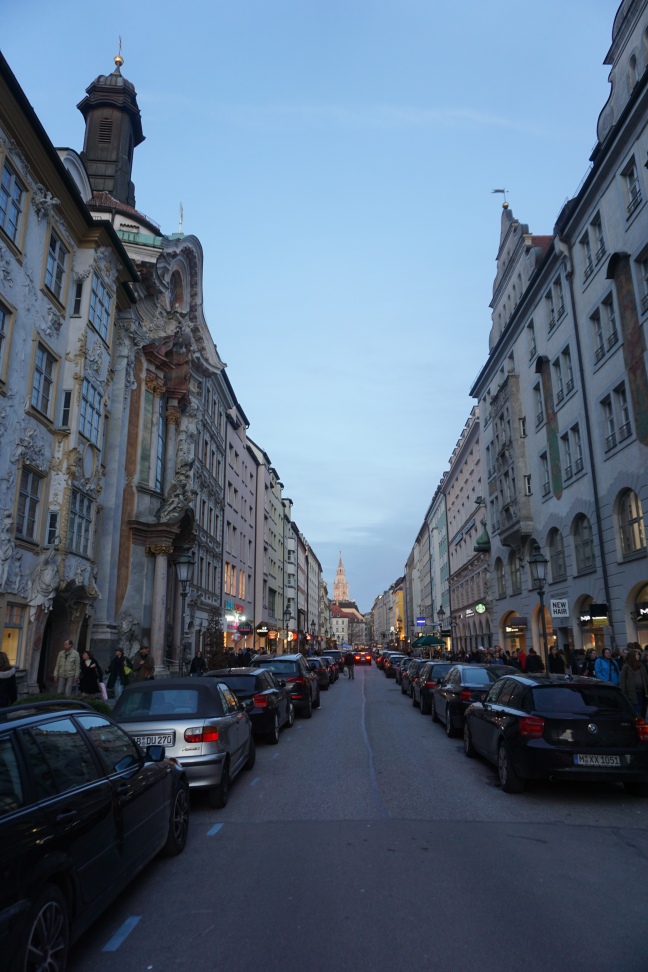
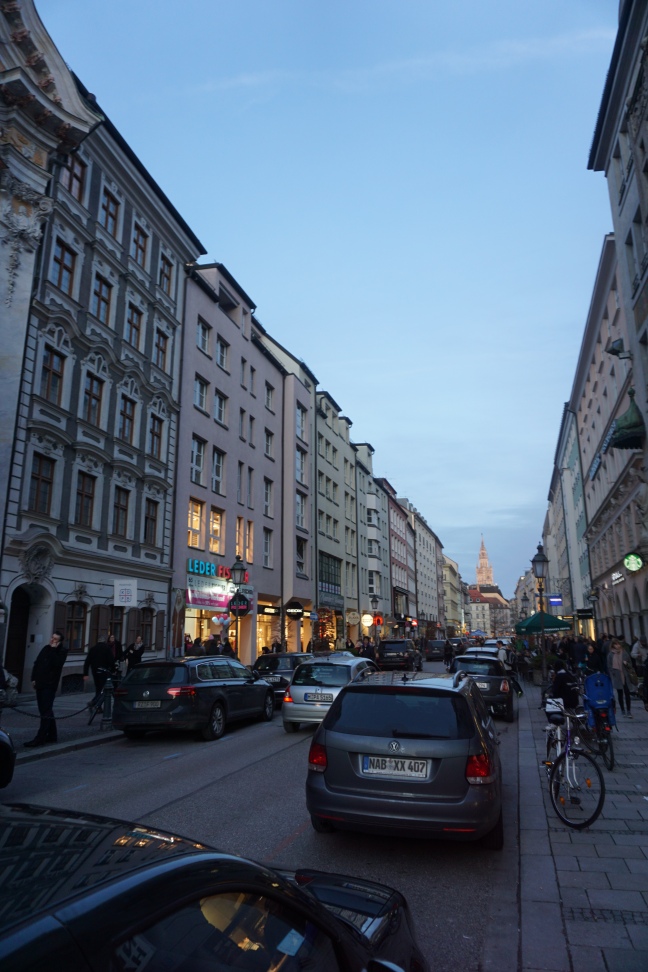

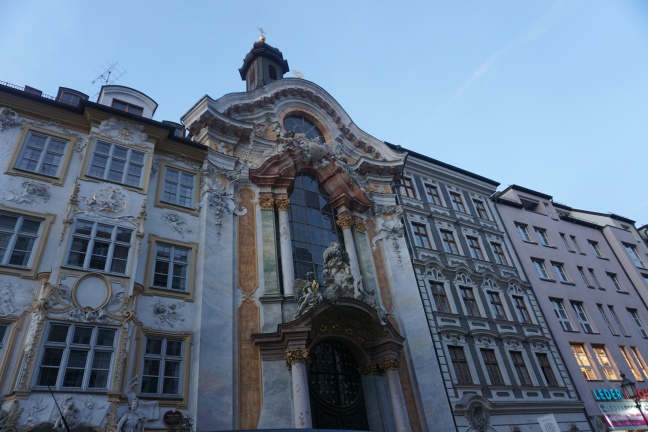
Every Sunday, the Conservatory at the Barbican is open for visitors between 12:00 noon and 5pm. My visit today was nice and worth my while, yet not extraordinary.
Inside the Barbican building, the Conservatory is a chance to wander amongst tropical plants in central London and observe large Japanese carps swimming in interconnected ponds. However the conservatory looks tired in places and many plant leaves are covered in chalky looking residual traces. Here are the positive highlights I was able to find:

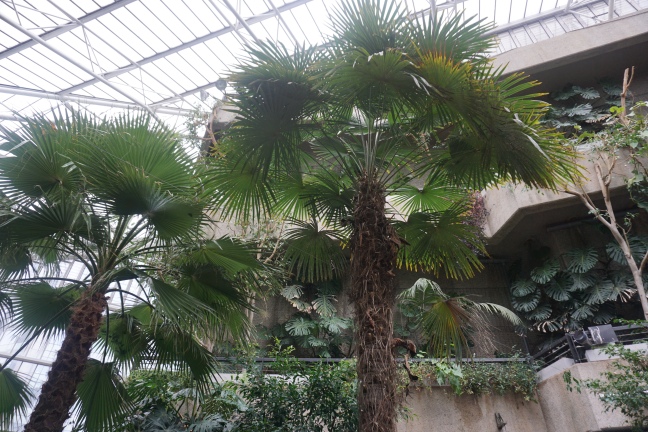


The plant nursery:
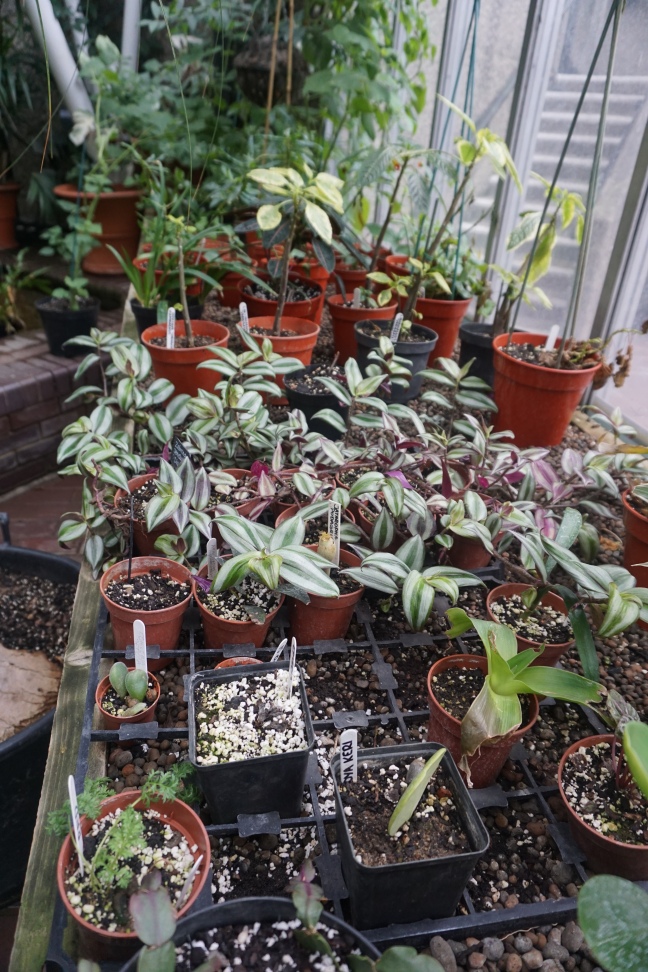
A gardener’s dream supplies and tools:
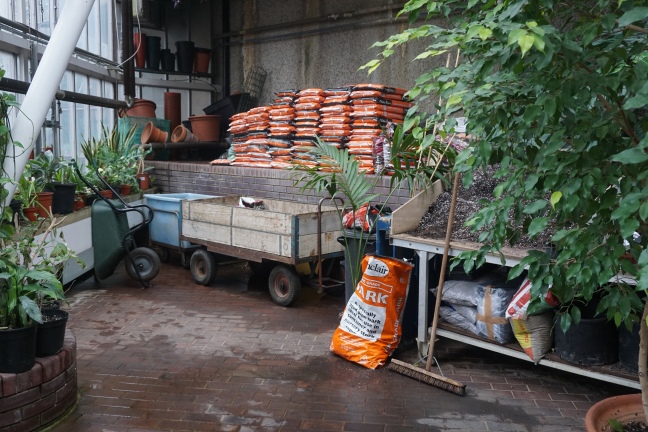
Japanese carps swimming in ponds:
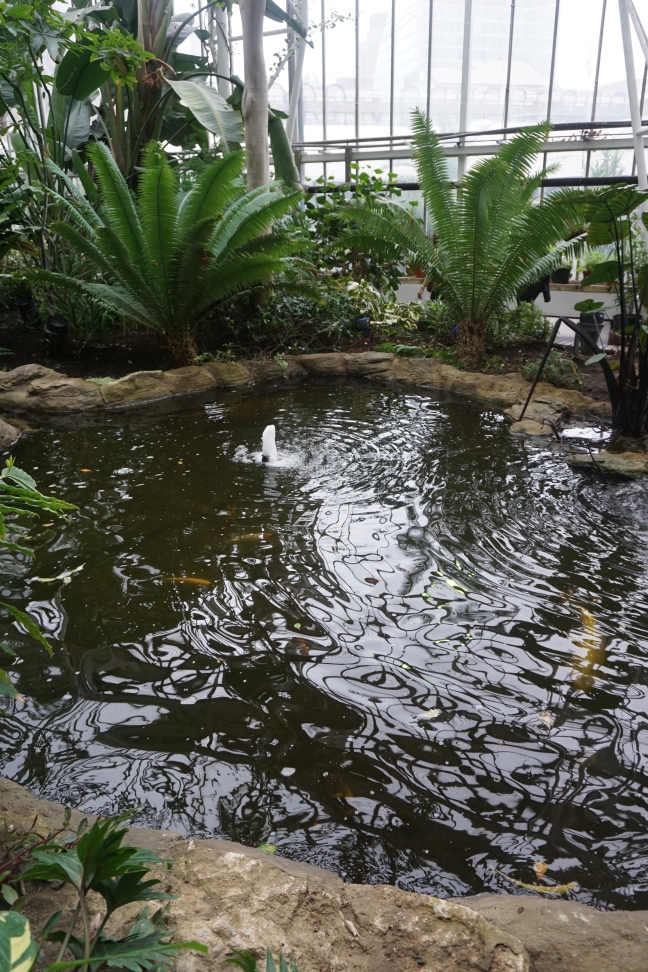

More nursery plants on draining pellets:
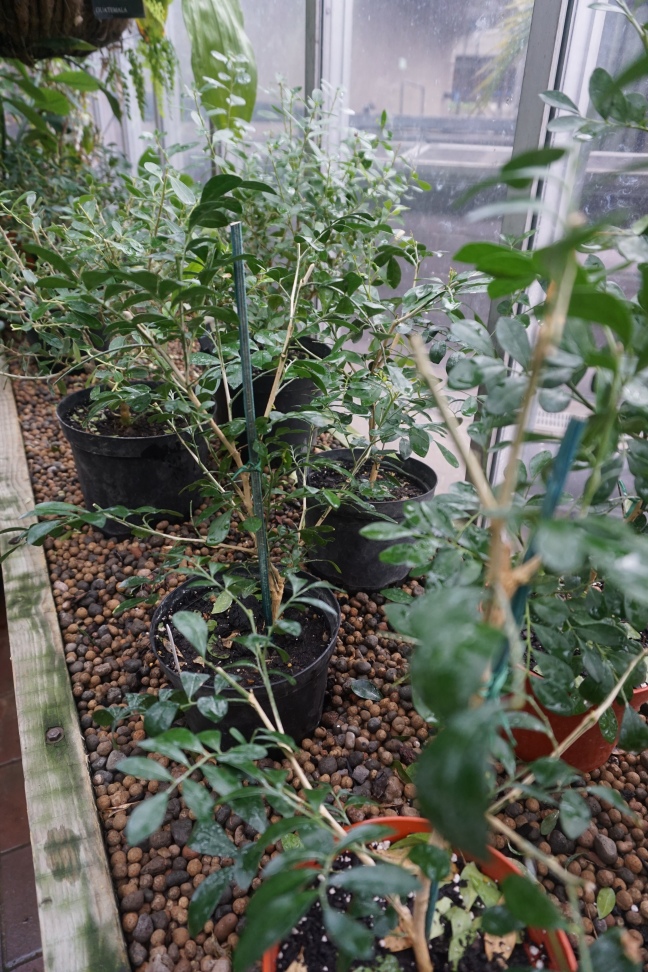
An exotic beauty:

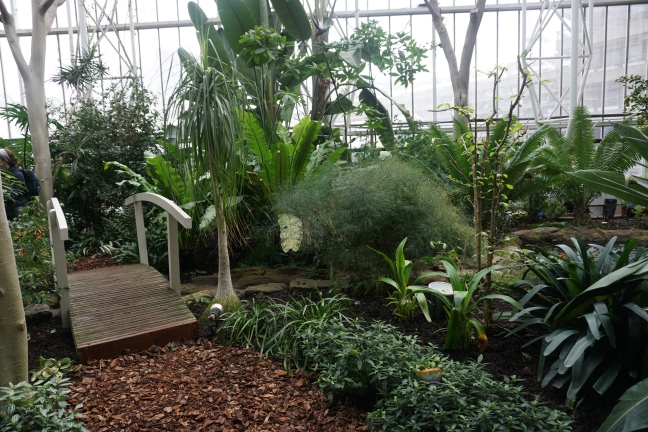

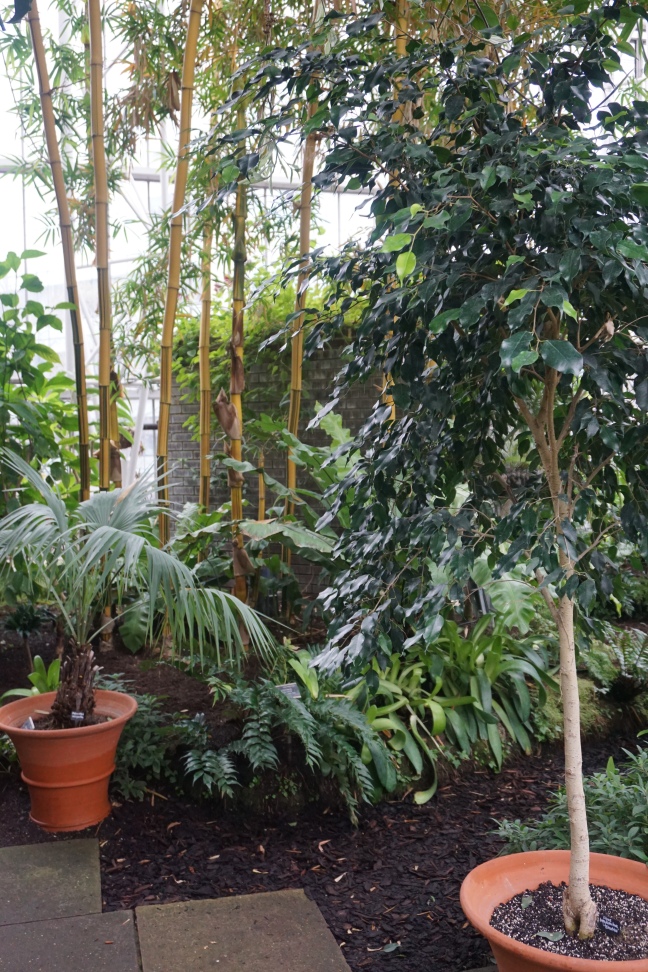
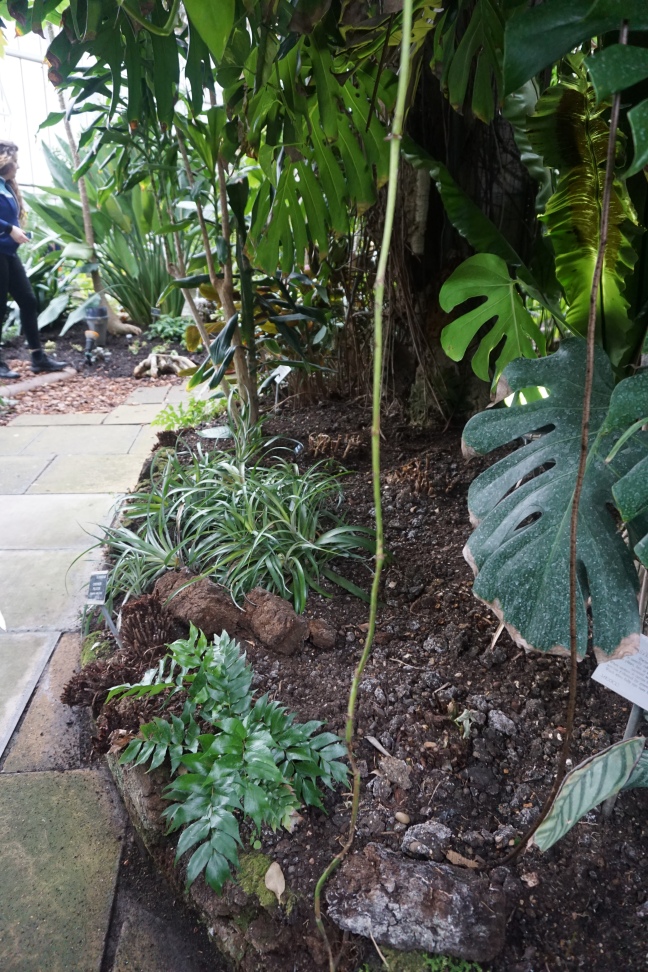
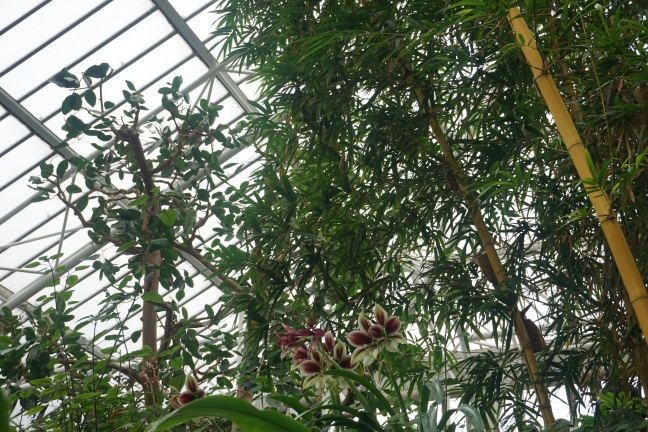
Some visitors and drawing students:

Agapantus leaves:
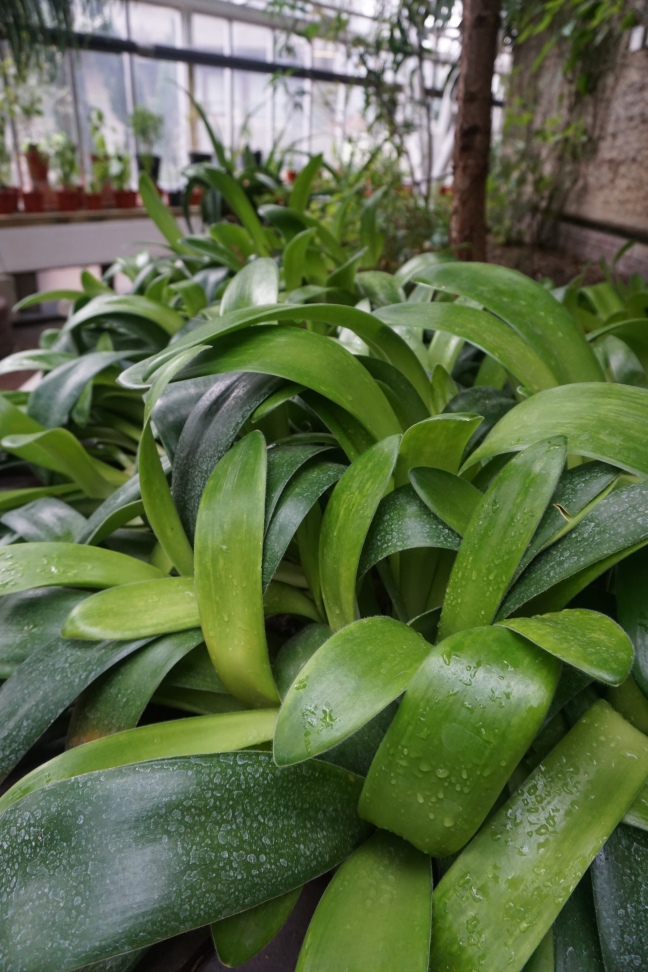
For more information and up-to-date opening times, visit the Barbican website
In October I flew to Milan to visit my family and with them explore the Expo Milano 2015 Universal exhibition. We had a wonderful time and over the next few posts I’ll document the parts that attracted my attention most – (it included stunning architecture and, I wouldn’t be a gardener if my list didn’t feature a biodiversity park too).

A short overview of the exhibition:
EXPO Milano was an international exhibition, part of the group of universal showcases held in major cities, the first of which was the Great Exhibition in London in 1851. The symbol of that first exhibition, the Crystal Palace in Hyde Park, was a cast-iron and glass structure:

London’s Great Exhibition was followed by numerous others, including the 1889 World’s Fair of which the famous entrance building, the Eiffel Tower, remained in place as permanent structure becoming the symbol of Paris.
EXPOs are held for six months, within a designated geographical area of the host city. For the course of the event, the location is granted the status of international zone, governed by extraterritorial laws. The participating countries receive an assigned exhibition space on which to build their pavilion, designed in their respective countries, to present their nation to the world.
The host country sets an EXPO theme which all participating countries and organisations interpret. This year the theme set by Italy, was ‘FEEDING THE PLANET – ENERGY FOR LIFE’.
Three aspects made the Italian EXPO Milano 2015 stand out as a success:
Being an Italian living in London, during my EXPO visit I naturally looked out for any visible signs of lasting benefits EXPO 2015 would have on Milan. I have experienced the positive impact the 2012 Olympics had on London and its infrastructure and have seen a similar impact of the EXPO in Milan as well:
The exhibition area has a brand new state of the art underground and train station (Rho Fiera Milano). Its scale and finish convey the clear intention of developing an entirely new borough, with Padiglione Italia, the Italian permanent exhibition building at its centre.

One can imagine (and wish) that property investors are lining up to part with their money, financing hopefully a pleasant new living area in the north-west of Milan.
EXPO has so far had a positive impact on other areas of the city and the Lombardy region as well. Several events and locations in and around Milan, were labelled as being part of EXPO. As expected, the prospect of being the host city, sprung energies in motion to redevelop the Milanese navigli (inner city canals) – where people can stroll in the sun, or meet for evening drinks.
Exactly. That’s what the owners of the canal boats in London must have thought.
Along the Regents Canal in Hackney many houseboats feature small gardens on their roofs, bows and sterns. It is a delight to watch them. Some I photographed today, grow tomatoes and even sweetcorn and strawberries! I also spotted a miniature poly tunnel and a hydroponic system.
So well done to London’s urban gardeners on their boats!
Here below, you can see a small vegetable garden on a boat roof with tomatoes and squash
The owner of the garden is growing sweetcorn, tomatoes and strawberries. There’s also the small poly tunnel I mentioned
Container gardening on two other canal boats
The owners of this boat are even growing a sunflower on the boat! And you can see their hydroponic system on the roof
Some succulent plants in pots grow next to salad in a hydroponic system
Two other boats feature water butts, a selection of herbs in pots and what looks like an olive tree
Tree reflections in the canal
And last but definitely not least, a green canal oasis in the middle of London on the same canal (Hackney, Regents Canal)
I hope you enjoyed the glimpse onto what life is like on Hackney’s Regents Canal
A trip to Paris, on a summer day with unfortunately less than great weather.
However it still showcases great architecture and window ornaments as well as the clear difference between English gardens which tend to let plants to some extend free to grow, compared to French gardens which are much more manicured, with gardeners cutting plants into symmetric shapes.
One of the main venues of the 2012 Summer Olympics & Paralympics, the London Aquatics Centre is now open to the public.
The Aquatics Centre has two 50 metre (160 foot) pools, one of them, the Competition Pool
and a 25 metre (82 foot) Diving Pool
Visitors can watch swimmers through the window in the entrance hall, or from the 2,500 seat gallery
The Olympic Park is beautifully planted
The large scale of the venue and park, the futuristic shapes, long-distance views and the different materials used, make one feel very welcome
Bird nesting boxes have been placed along the Eastern facade of the Aquatics Centre
A truly memorable experience that I would highly recommend, is a visit to the Alhambra in Granada, Andalusia, Spain. The palace – fortress was originally constructed in 889 and is a UNESCO World Heritage Site. Its filigree arabesques and the gardens with water features, labyrinths and flowers in brilliant colour combinations are an inspiration to all and especially to those with a gardener’s eye. 
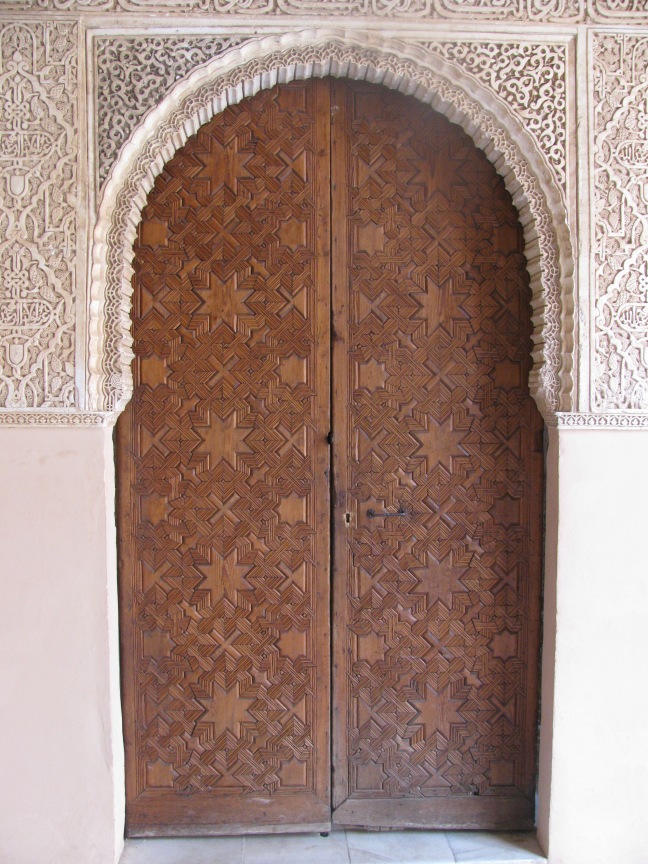
Side view of the Court of the Lions:
Portico and pool in the Alta Alhambra:
Garden in the Palacio de Generalife:
There is a small garden even on the backstage roof of the Alhambra open air theatre:
If you have a chance to visit Spain, I would recommend a trip to the casa Batlló, built by the Catalan architect Antoni Gaudí in the heart of Barcelona at Passeig de Gràcia, 43.
The modernist building, its contours and colours remind one of the sea.
For those of you who like me are Italian, the interior also recalls the house of the fairy with the turquoise hair (‘fata turchina’) in Luigi Comencini’s Pinocchio.
Below is the Casa Battló’s living room with an undulating glass-tiled front wall, bespoke golden window handles shaped to perfectly fit into a human hand and small wooden ventilation openings:
The ceiling alludes to a vortex in the ocean:
The interior staircase provides a cool retreat from the summer sun:
the skylight channels light in and reflects on the cooling blue and white tiles:
Another room has a sail-shaped skylight, providing aeration and dimmed light:
My favourite part of the house is at the top, where the ceiling takes the shape of a whale skeleton:
What when the house was built was a laundry room, could easily become a contemporary bathroom:
With moorish floor tiles
And shelves built into the wall for bath towels:
The room below could be a living room, with its ribcage ceiling:
A large skylight sits at the top of the interior staircase:
Stairs lead to the rooftop:
where one can step out into the hot sun and also see the various chimney’s of the house:
and admire the dragon-back shaped roof:
For more information, visit www.casabatllo.es/en/visit/
The house is a museum but can also be hired for events.
Related articles:
I bought this lemon cypress a few years ago and must say it is a plant I tend to neglect. It does nonetheless well and that’s why it is getting its own blog post today.
In London, lemon cypress can stay outside all year round and need very little care also in summer – so it’s an ideal plant if you go on holiday.
The plant also releases a lovely lemony smell.
A few weeks ago I went for a long weekend to Vienna and wanted to share with you what I’ve seen in terms of urban gardening. As you know, I have started some urban gardening myself here in London and so I thought it would be a great inspiration to see Vienna’s world famous Hundertwasser Haus and its approach to ‘urban gardening’. And in fact it was well worth it!
On the Sunday I wanted to visit the house, it was pouring with rain, but I couldn’t leave Vienna without having seen it with my own eyes and photographed it.
To give you some context, Friedensreich Hundertwasser was an Austrian artist who in the early 1970s was a firm believer in the need for “forested roofs” and “tree tenants” to maintain “harmony between nature and man”. He also advocated the “window right” of every tenant to embellish the facade around his window. The City of Vienna invited Hundertwasser to build a housing project to implement his ideas and the Hundertwasser Haus was built between 1983 and 1985. A few years later (1989-91) Hundertwasser also built a museum nearby, called Kunsthaus Wien.
I went to see both buildings and this is how they look:
This is the first one I saw and it is also my favourite one of the two: the Kunsthaus Wien.

[Kunsthaus Wien, Weißgerberlände 14, Vienna, Austria]
You can see the museum has uneven floors, asymmetric shapes, “dancing windows” and bright colors, which are in great contrast with the surrounding neighbourhood that is rather grey and anonymous. But – most importantly for me – Hundertwasser planted a dozen trees on the roof. And if you look closely, you can see that one tree is growing out of a window from inside the house! [at the top right-hand side of the photo] This is what he called a “tree tenant”.
Inside the museum you can find the only permanent exhibition of Friedensreich Hundertwasser’s work worldwide. There is also a beautiful café that has both inside and outdoor space in an inner court-yard with plants and colourful tiled floors.
[Inside the CafeRestaurant Dunkelbunt, Kunsthaus Wien]
[The inner court-yard at the CafeRestaurant Dunkelbunt]
[Uneven floors]
[The mosaic staircase which leads to the exhibition gallery]
[A “tree tenant”]
And this is the Hundertwasser Haus:
An expressionist apartment complex housing 52 apartments, four offices, 16 private terraces, three communal terraces, and a total of 250 trees and bushes.
Unfortunately, it is a bit more over-run by tourists than the Kunsthaus Wien, so I didn’t like it that much. BUT! as you can see it also has uneven floors and grass is growing on the roof, so I took some pictures: [the grass is on the top right-hand side of the picture here below]
[The Hundertwasser Haus is located on the corner of Kegelgasse and Löwengasse, in Vienna, Austria].